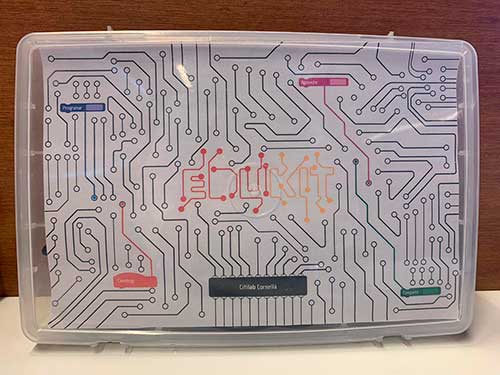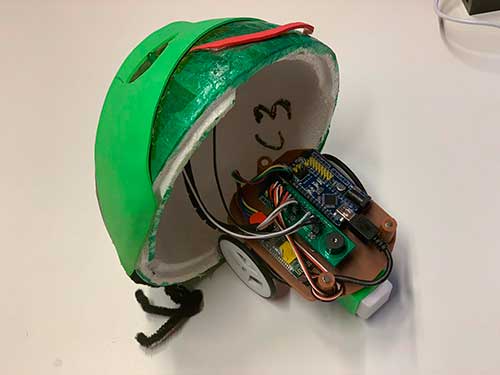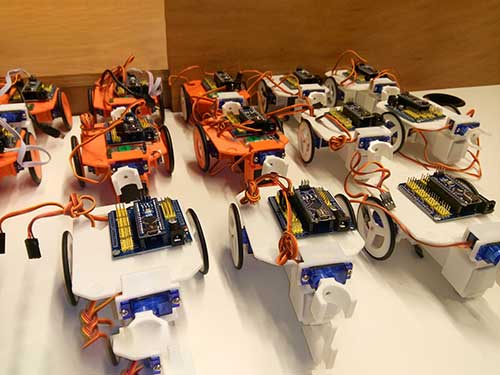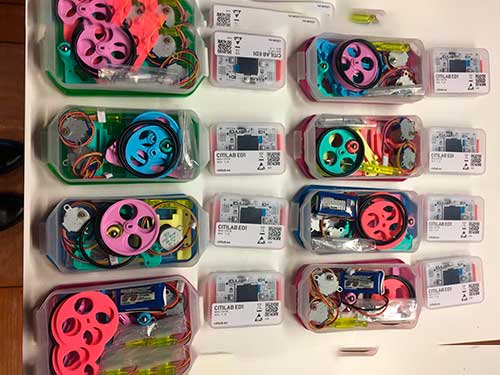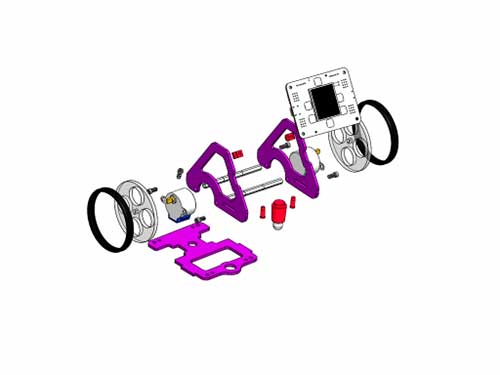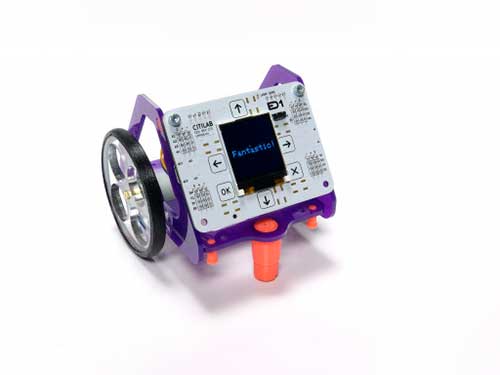The Citilab ED1 robotics kit was designed based on the needs identified in the Edulab project in schools in Cornellà.
The precedent: the EDUKIT based on Arduino
A precedent already existed, the EDUKIT based on Arduino, which was used in some schools and educational centres. The idea was to create an inexpensive kit, containing everything needed to work on activities relevant to the educational environment and which was easy to program, in this case with S4A and Snap! for Arduino.
The first version
One of the challenges of the EduLab project was to include electronic and robotic materials in Primary Education. Based on the EDUKIT experience, this material was launched in the Dolores Almeda School in Cornellà during the 2017-2018 school year, the educational centre where the pilot project of the EduLab project was carried out.
The Edulab project in schools was an enormous challenge, as it involved including creative electronic and robotic materials in Primary Schools. The pilot study was run at the Dolors Almeda School in Cornellà and was based on Arduino.
The robot’s casing was 3D printed and held a detachable polyester hemisphere, which some of the Primary students decorated. The hemisphere had 6 touch sensors made with pins, connected to an Arduino Nano with a small board designed by Citilab. The energy was provided by a battery for charging mobiles, located in the lower part of the chassis.
The robot was powered by continuous rotation motors and lacked a certain degree of precision when moving within the grid mats used by the preschoolers. In addition, to make it autonomous it was necessary to work directly in Arduino.
The second version
In the summer of 2018, the design of a new version of the robot was begun, internally referred to as EduBot 2. It was considered necessary to do a complete overhaul and update: new motors, new chassis and new board.
For this reason, a working group was set up, comprising the EduLab team from Citilab, Miguel Ferrera from CSS Ibérica for the board prototypes, Kike Montañas for the 3D design, and Bernat Romagosa for the programming.
Stepper motors were used to increase accuracy, an easy to mount chassis was designed and the ED1 programmable board with microBlocks was born.

The kit can be used from Preschool to the end of Primary, the robot is much more precise than the previous one and the ED1 board includes a colour screen, buttons, display, sensors, connectivity, and can directly use 2 stepper motors.
The result is satisfactory, but for the 2019-2020 course the kit has been improved in accordance with the in-school user experience and with the aim of reducing production costs, in order to reach the maximum possible number of people.
The robot has a new design based on 3D printing and methacrylate plastic, a more economical material that makes Fantastic more affordable for schools.
In short, we hope that from now on the evolution of the Fantastic robot will be supported by the ideas contributed by the community.
“The greatest satisfaction for me is sharing knowledge.”
– Jorge Wagensberg –

